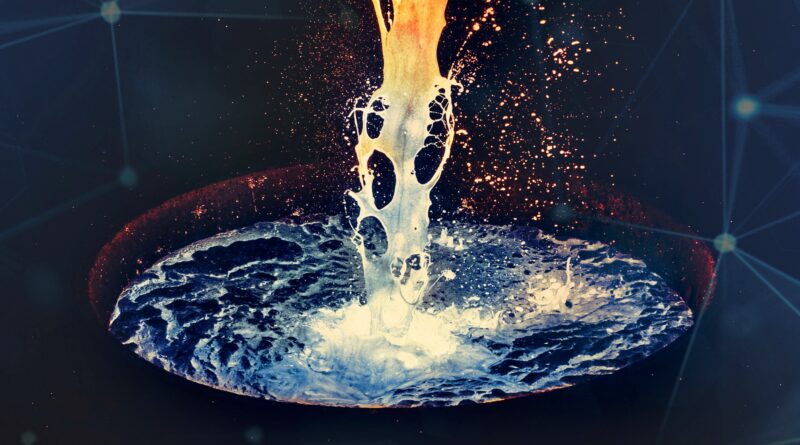Electrolysis for green hydrogen is pivotal step in decarbonizing the steel
Salzgitter AG and Sunfire joined forces in a forward-thinking initiative aimed at revolutionizing steel production’s environmental impact. Their focus on harnessing SOEC electrolysis for green hydrogen production represents a pivotal step in decarbonizing the steel industry. This strategic partnership, supported by TU Bergakademie Freiberg, aimed to validate state-of-the-art technology within the GrInHy3.0 research initiative.
Green hydrogen’s emergence as a linchpin in the steel industry’s decarbonization efforts prompted this transformative endeavor. The application of high-temperature SOEC electrolyzers held the promise of heightened efficiency, offering cost-effective means for hydrogen generation. Sunfire, in collaboration with Salzgitter AG and TU Bergakademie Freiberg, aspired to usher in this technology on an industrial scale, signifying a substantial leap in sustainable steel production.
At the heart of the GrInHy3.0 project lay the integration of Sunfire’s latest SOEC stack technology into Salzgitter Flachstahl GmbH’s hydrogen network. This integration aimed to produce 16.5 metric tons of hydrogen hourly, earmarked for crucial processes like direct iron ore reduction at the µDral pilot plant.
Building on prior successes within the GrInHy series, this collaborative effort yielded remarkable achievements. Sunfire’s previous SOEC electrolyzer showcased record efficiency at 84%el, LHV, setting the stage for significant progress. The replacement of eight modules, having logged extensive operating hours and produced 190 metric tons of hydrogen, paved the way for the integration of two test modules, slated to provide vital insights for upcoming serial production in 2024.
For Salzgitter AG, this venture marked a pivotal stride towards realizing their vision of green steel production, aligning with the “SALCOS® – Salzgitter Low CO2 Steelmaking” program’s objectives.
The involvement of TU Bergakademie Freiberg further bolstered the project consortium. Their research spanned diverse sustainability facets, from recycling methodologies to comprehensive analyses of SOEC stack life cycles, ensuring a holistic approach to environmental impact reduction.
The demanding operational conditions of SOEC electrolyzers operating at 850°C prompted Sunfire to fortify their stacks, enhancing durability for extended industrial usability.
Running until 2027 and supported by the Federal Ministry for Economic Affairs and Climate Action, the GrInHy3.0 project presents promising prospects for a transformative journey in green steel production.
Christian von Olshausen, Sunfire’s CTO, lauded the unmatched efficiency of high-temperature SOEC electrolyzers, emphasizing their adaptability in applications harnessing waste heat. He expressed enthusiasm for the ongoing collaboration, emphasizing the validation of new modules in authentic operational conditions.
Ralph Schaper, Head of Energy Management at Salzgitter Flachstahl GmbH, commended the strides made in sustainable resource utilization, foreseeing the profound impact of GrInHy3.0 on their transformative initiatives.
Prof. Dr.-Ing. Alexandros Charitos from TU Bergakademie Freiberg underscored the project’s forward-thinking approach, outlining comprehensive methodologies to minimize environmental footprints through SOEC stack material recycling and closed-loop designs.




